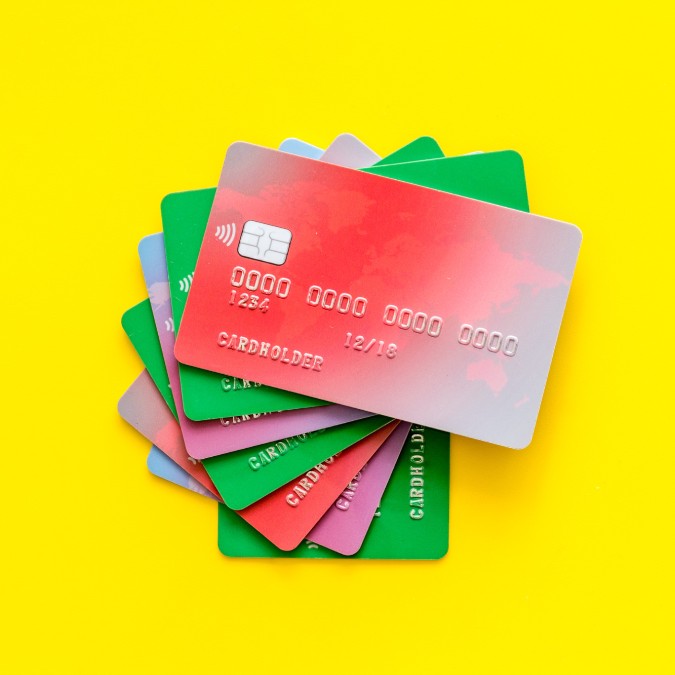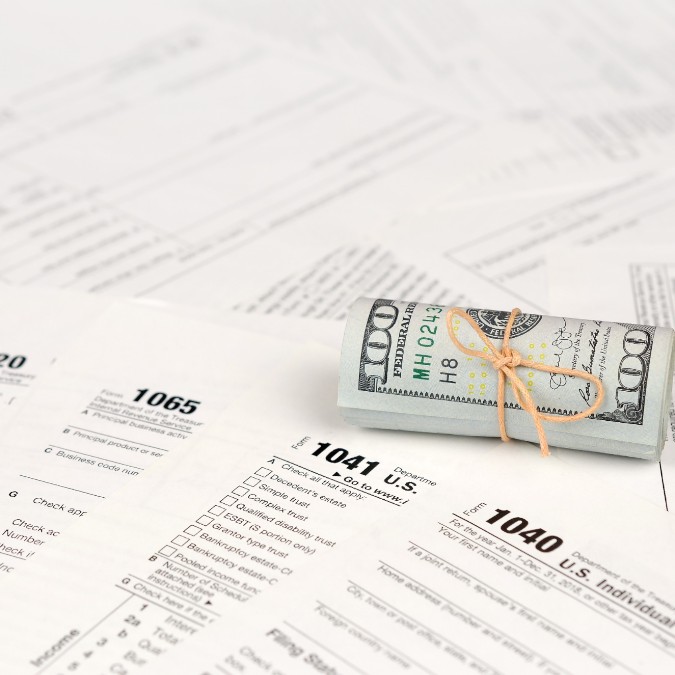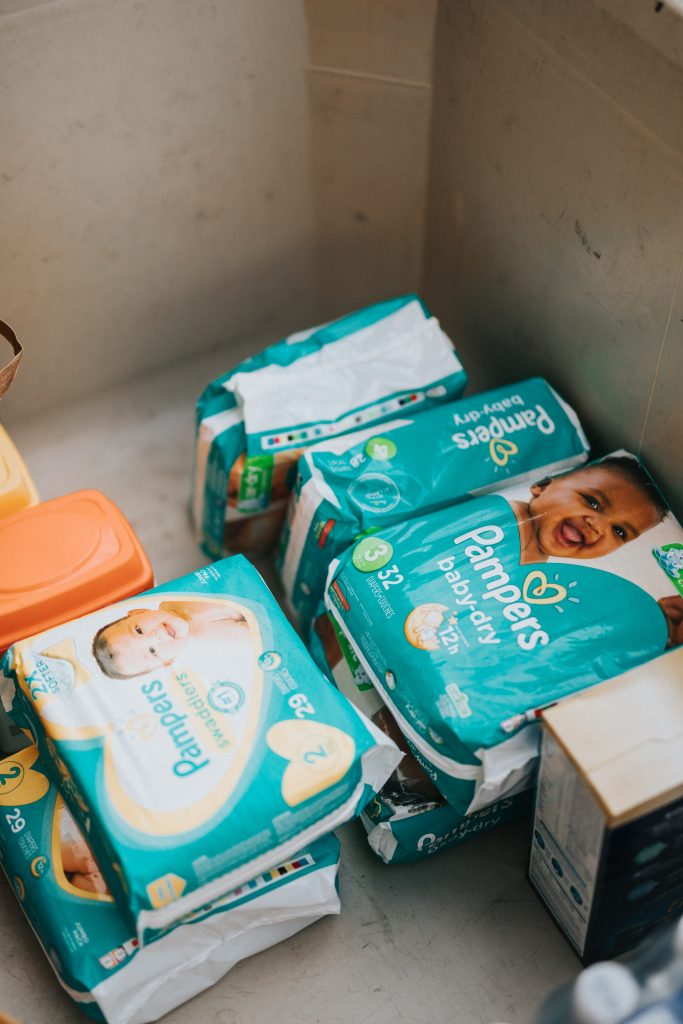
Thanks to TikTok, baby naming has officially entered its influencer era. Parents are scrolling for inspiration, diving into aesthetic niches, and following creators whose entire platform is built on naming babies.
And it’s not just fun and games—these TikTok baby names are showing up on real birth certificates. From “main‑character” vibes to nostalgic throwbacks, the app’s cultural reach is shaping how the next generation will introduce themselves. Whether you’re naming your own little one or just curious about where the trends are heading, here are 10 baby names that rose straight from your For You Page.
1. Sunday
Influencers aren’t just picking pretty names—they’re re‑imagining everyday words into iconic choices. Sunday joins the day‑inspired club alongside Tuesday and Wednesday: peaceful, airy, and refreshingly non‑traditional.
If you’re after a poetic pick with minimalist style, Sunday checks the box.
2. Dot (or Dottie)
Vintage is chic again. TikTok’s “cottage‑core” creators adore names that feel nostalgic yet quirky—Dot or Dottie has both charms. Short, sweet, and unmistakably classic, it’s the kind of revival that looks at home in storybooks and Instagram captions alike.
3. Clementine
With its fruity flair and lyrical sound, Clementine hits that rare sweet spot between whimsical and sophisticated. TikTok accounts focused on “storybook baby names” showcase it constantly, and Nameberry reports a 20 percent year‑over‑year rise in searches for Clementine.
Bonus: built‑in nicknames like Clemmie or Tiny.
4. Baby
Yes, really—Baby is appearing on legal forms. While Dirty Dancing nostalgia plays a part, TikTok parents say the appeal is its endearing simplicity.
5. Lemon
Playful and gender‑neutral, Lemon reflects the joyful irreverence many young parents crave. There’s a whole side of TikTok (“fruit‑baby‑name Tok”) celebrating botanical picks that feel sunny and offbeat—Lemon sits at the top of that pile of citrus‑fresh options.
6. Lovely
Floating in the same trendstream as Baby and Sunday, Lovely is soft, expressive, and rooted in affirmations. The idea: give kids a name that doubles as a daily dose of warmth. It’s unconventional—but that’s exactly the point.

7. Mia (with a Twist)
Creators often post “If you love Mia, try these” lists, suggesting cousins like Miel (Spanish for honey) or Amia. The goal is a name with Mia’s vibe minus the popularity spike. It’s a smart way to stay classic while sidestepping the overcrowded top‑10 charts.
8. Plum
Short, artistic, and hue‑inspired, Plum gets love from design‑oriented parents. It pairs beautifully with whimsical nursery décor and has quietly crept into the world as a rare—but rising—girl’s name.
9. Pippin (or Pip)
Thanks to Tolkien and an avalanche of cozy‑core TikToks, Pippin feels like a warm mug of cider in name form. Gender‑neutral nickname Pip brings extra charm, making it a favorite on lists titled “Names That Feel Like Sweater Weather.”
10. Amanda (But Make It Aesthetic)
TikTok isn’t all about brand‑new inventions—creators also give “mom names” a glow‑up. Videos compare classics like Amanda or Jessica with revived variants (Amara, Jessa, Sessa).
The takeaway: You can honor a timeless pick and still ride the trend wave by tweaking spelling or pairing it with a bolder middle name.
Thinking Beyond the Baby‑Name Book
TikTok is more than dances and DIYs—it’s a baby‑naming laboratory packed with personality, poetry, and a dash of rebellion. Whether you gravitate toward the vintage, the botanical, or the totally unconventional, the best name is one that feels right for your family and can grow gracefully into adulthood. Trends fade; meaning lasts.
Which viral baby names caught your eye recently? Share your top contenders (or guilty‑pleasure picks) in the comments!










































